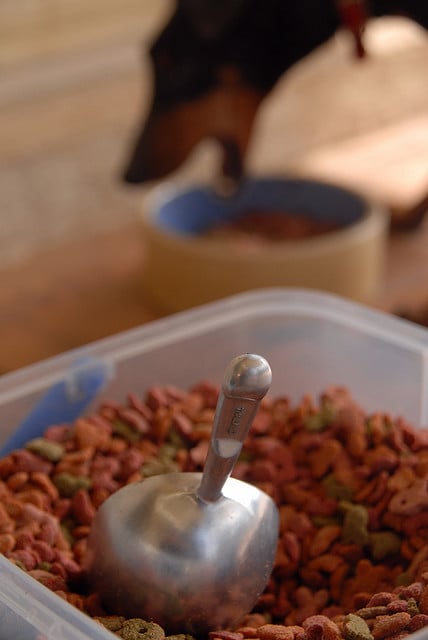The Great Debate: Free Feeding vs. Scheduled Feeding for Pets

Understanding Free Feeding
Free feeding, a popular method among pet owners, involves filling a bowl with food and allowing pets to eat at their leisure. This approach is particularly suited to dry dog food, which has a longer shelf life than wet alternatives. One of the main benefits of free feeding is its convenience for busy pet owners who struggle to maintain a regular feeding schedule due to work or traffic.
- Advantages of Free Feeding:
- Flexible eating schedule for pets.
- No need to rush home for meal times.
- Accommodates multiple pets by allowing shared access to food.
However, there are notable disadvantages to consider:
- Disadvantages of Free Feeding:
- Risk of one pet hoarding food and bullying others.
- Potential for overeating, leading to obesity, especially in certain breeds.
Scheduled, Portion-Controlled Feeding: A Healthier Option
For pet owners with a more predictable schedule, scheduled feeding is a viable and healthier alternative. This method helps regulate the amount of food consumed at each meal, addressing weight management and dietary concerns.
- Benefits of Scheduled Feeding:
- Limits food intake at each meal, promoting better weight control.
- Allows for monitoring of food consumption, crucial for pets on medication or weight loss diets.
- Strengthens the bond between owner and pet during feeding times.
There are different approaches to scheduled feeding:
- Provide food for a limited time (10 to 20 minutes) before removing it.
- Measure out specific portions to allow pets to eat at their own pace.
It is essential to note that scheduled feeding requires multiple feeding times throughout the day. This can be particularly challenging for puppies, who need more frequent meals than adult dogs.
Weighing Your Options: Consultation is Key
If you find yourself unsure whether free feeding or scheduled feeding is best for your pet, consider consulting your veterinarian. They can provide insights based on your pet’s age, breed, and individual needs. In some cases, mechanical food dispensers can be a solution, providing controlled portions at set times throughout the day.
Ultimately, your decision should prioritize your pet’s long-term health over convenience. A well-fed pet is a happy pet, and careful consideration of feeding methods plays a crucial role in their overall well-being.
Image source: jaroslavd / via Flickr











